Update date: June 27, 2017
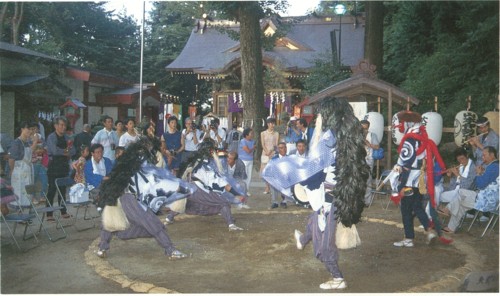
Anazawa Tenjin Shrine Lion Dance (city designated cultural property)
A performing art in which a dancer wears a lion's head Lion Dance It is said that Lion's head The most common form is for two people to dance inside a cloth attached to a pole, and is performed during the Bon Festival, New Year, spring and autumn. Annual Festival It is widely seen at festivals such as:
In response to this, one person Lion's head A lion dance with a lion head has been handed down in the Tohoku and Kanto regions. Lioness and two Lion It is a dance performed in pairs. Three Lion Dances (Standing Alone Elegant Lion There are 84 locations in Tokyo where the Sanbiki Shishimai dance is performed, including some that are currently not being performed, and it is particularly common in the western part of the city, including Okutama Town, Ome City, Hibara Village, and Hachioji City.
In the city, Yanoguchi Anazawaten Shrine ), Higashinaganuma ( Seii Shrine ), Hyakumura ( Tatejinja Shrine ), Daimaru ( Omatomenotenjin Shrine The Sanbiki Shishimai dance was passed down to four places in the area, but is now only performed in Yanokuchi and Higashinagumanuma.
Seii Shrine Lion Dance (City designated cultural property)
The lion dance at Aoi Shrine in Higashinagumanuma is held every year on October 1st. Annual festival There are no documents remaining about its origin, but it was suspended for 23 years from 1915, but was revived in 1937 and continues to this day. Yasunaga It records an incident that occurred in 1775, which was caused by a lion dance dedicated to the Seibei Shrine festival. Ancient documents The remains of the lion are believed to date back to this period. Big Lion , Lion Hunt , Lioness The three of them are Big Lion The sword-shaped horns Lion Hunt has twisted corners, Lioness The lions do not have horns. All of them have jewels on their foreheads. These three lions are Bushu Ontake God of, Shrine Aonuma God of, Sagami-Oyama It is said to represent the god of the lion. Tengu is round and thick Red sash Put it on your right hand fan , on the left Gourd I have three lions and Tengu was built in front of the main shrine building. Sumo ring The dance is centered around the
Anazawa Tenjin Shrine Lion Dance (City designated cultural property)
Yanoguchi Anazawa Tenjin Shrine Lion Dance Every year on August 25th Annual festival On the day Dedication There are no documents remaining about the origin of the lion dance, but like the Seii Shrine lion dance, it is believed to have started sometime between the early and mid-Edo period. It was temporarily suspended in the 1930s, but was revived in the late 1940s and continues to be performed today. The structure of the lion dance is as follows: Big Lion・Lion Hunt・Lioness With three lions Tengu The lion dance is almost the same as the one performed at Seii Shrine. On the day of the festival, the lion dance begins at the Yanokuchi Community Hall and ends in front of the main hall of Anazawa Tenjin Shrine. Sumo ring The procession is particularly impressive as it dances its way up the stone steps of the shrine.
In addition to the lion and Tengu, both lion dances also feature Fuefuki・Kaibuki・Singer etc. will appear and liven up the atmosphere. Bountiful harvest・Protection from evil spirits hair· Rain-making The lion dances performed within the precincts of shrines as prayers for peace and tranquility were an expression of the wishes of farmers, and at the same time, they were also a source of enjoyment in an era when entertainment was scarce.
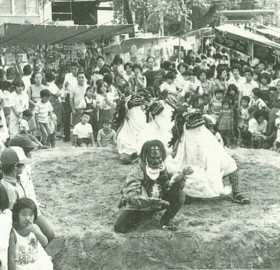
Seiyu Shrine Lion Dance (city-designated cultural property)
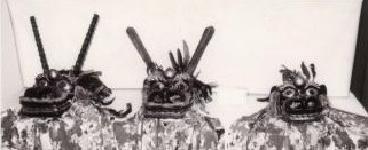
Old lion head of Anazawa Tenjin Shrine (From left: Gujishi, Ojishi, Female lion)
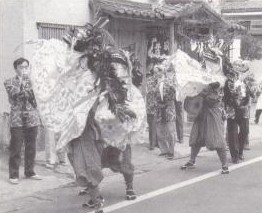
A lion parading through the area (Aoi Shrine lion dance)
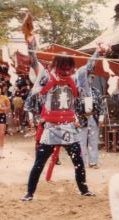
Tengu (Lion Dance at Seiyu Shrine)












